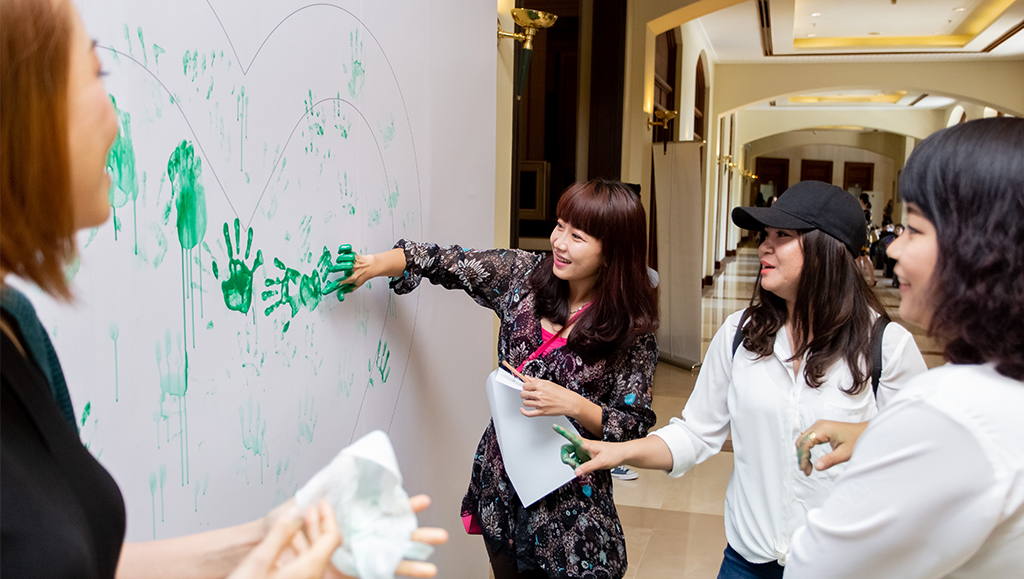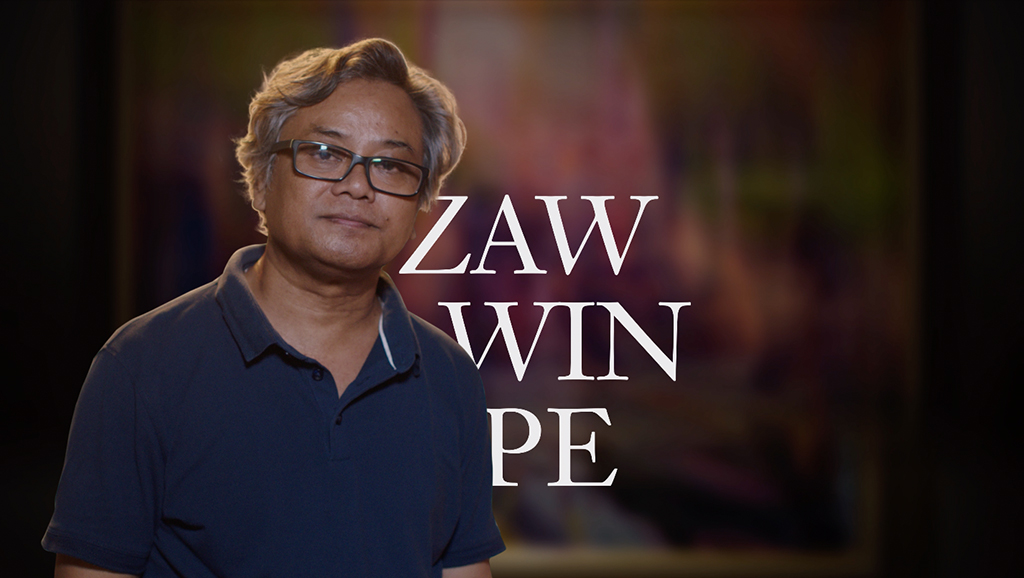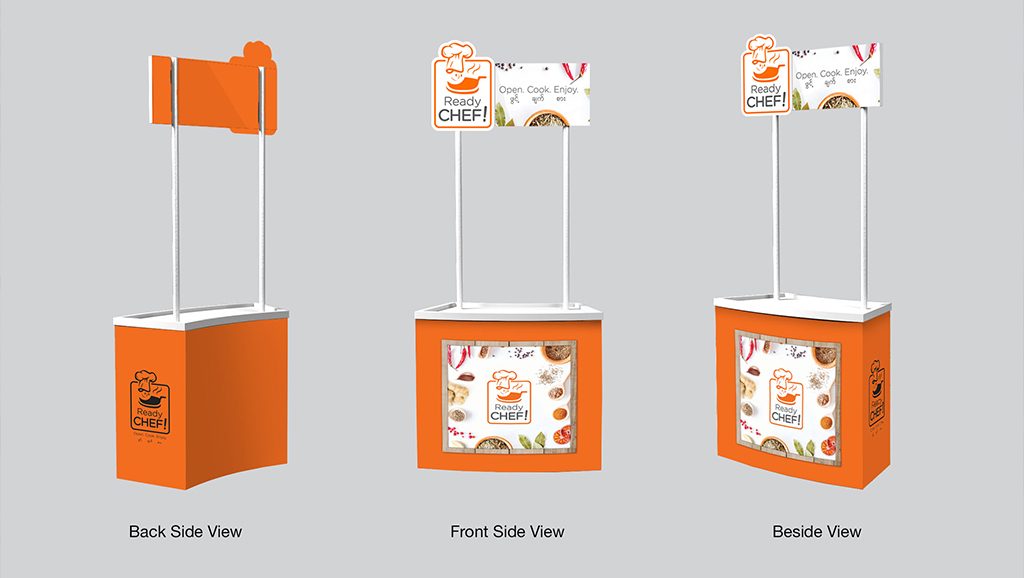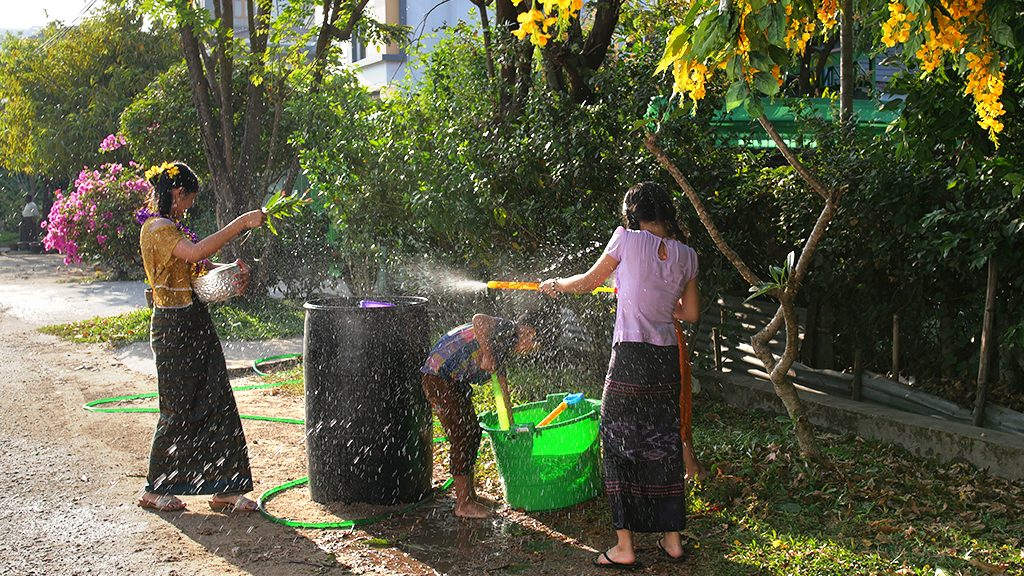
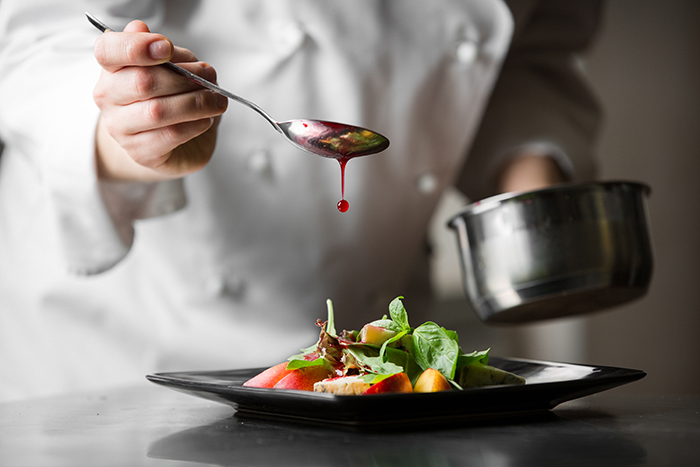
For the past 13 years, The World’s 50 Best Restaurants have been putting out a list of, you guessed it, the top 50 places to eat in the world. For a long, long time, the go-to guide for the world’s best fine dining was the Michelin Guide (which is a nice example of great content marketing by a tire company. We recently wrote a post about content marketing). The Michelin guide was seen as overly stuffy and Franco-centric, and definitely didn’t cover some of the amazing culinary things being done in places like Asia and South America. The World’s 50 Best set out to correct that.
For the past three years, they’ve also been putting out a list of Asia’s top 50 restaurants,
and it will surprise nobody who’s been paying attention that ASEAN restaurants are strongly represented in the list. Of course places like Hong Kong and Japan are there, and they have long had some top fine dining destinations. And China have a newfound hunger for expensive fine dining (4 million millionaires will do that) which is a boon for restaurateurs. Yet in spite of the tough competition from East Asia, not to mention India as well, Southeast Asia still has 17 of the top 50.
Even more impressive than that number of 17, is the number four, which is how many ASEAN restaurants are in the top ten. That’s right, of Asia’s 50 best dining establishments, two are in Bangkok and two more in Singapore. Gaggan in the Thai Capital took the top spot in the list, and lest you somehow think Asia’s restaurants can’t compete with the world’s best, Gaggan also made the top ten of the world’s best list.
It’s true that most of the ASEAN fine dining award winners are in Bangkok and Singapore (plus one each in The Philippines and Cambodia), but that looks set to change quickly. Bangkok has always had a reputation as a foodie mecca, but that was due more to the ordinary Thai fare. The fast pace of new openings in fine dining is a relatively recent trend. As the ASEAN economy grows, more and more international and homegrown chefs will open high-end options around the region. Everywhere, from Saigon to Manila, and Kuala Lumpur to Yangon, a growing expat presence, and more and more well-traveled, affluent locals will drive the demand for new restaurants looking to land on this list.
ASEAN’s best restaurants
We mentioned Gaggan already, but who are the other top finishers from the region? The following are the Southeast Asian restaurants that made the top ten of Asia’s 50 Best:
Gaggan, Bangkok
Head chef Gaggan Anand formerly apprenticed under Ferran Adrià at his iconoclastic El Bulli in Spain. It was there he learned some of the crazy techniques of molecular gastronomy, and picked up the relentless curiosity needed to decide to see what happens when you inject regular food with things like liquid nitrogen. At Gaggan, Classics of Indian cuisine are deconstructed, then put back together again in a place that is as much laboratory as it is a kitchen. The result, however, is amazing. The dishes on the tasting menu are playful, sometimes ironic or whimsical, and always, always, delicious.
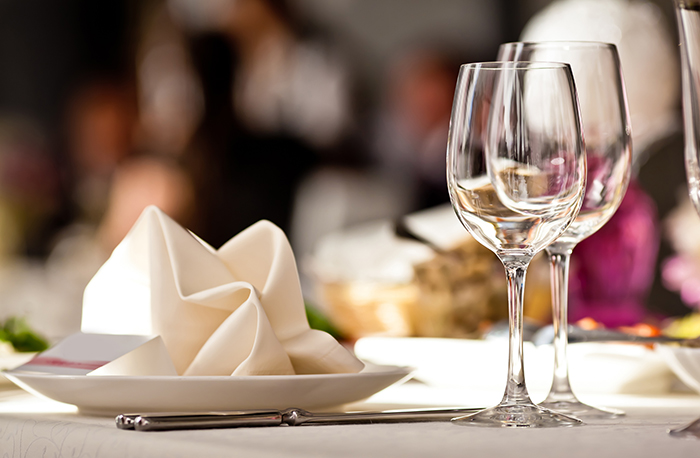
Restaurant André, Singapore
Chef and owner André Chiang’s Singapore outpost comes in at number five on the list. Restaurant André is a perfect distillation of the cultural melting pot that is Singapore, Asia, and the brave new world of haute cuisine. Born in Taiwan but having studied extensively in France, and working stints in China and the Seychelles, the chef takes diners on a culinary trip through his own multicultural memories stopping off wherever he fancies, over an eight-course tasting menu. Each course is paired, typically with a boutique French wine. Restaurant André is well established as one of Asia’s best after five years, and it shows no sign of slowing now.
Nahm, Bangkok
Nahm finds itself at number seven in this year’s list, though last year it grabbed the top spot. Australian chef David Thompson, along with Thai head chef Prin Polsuk have an incredible attention to detail, and have scoured historical texts to bring back classical dishes of the Thai Royal Court. Their fine-tuned understanding of the relationship between sweet, sour, spicy, salty, and bitter that is at the heart of Thai cuisine makes for an incredible gastronomic evening in a beautiful setting that draws on ancient Siamese temples for its design inspiration.
Waku Ghin, Singapore
At number nine on the list is this modern Japanese temple to the simple, beautiful, and delicious. Head chef Tetsuya Wakuda’s restaurant only serves 25 guests per night, but does so out of an 8000 square foot restaurant with four dining rooms. Each room has its own chef preparing the 10 course degustation menu in front of guests. The focus here is on seafood, but prime grass-fed beef and some delectable desserts get their share of attention as well. Book ahead. You’ll need to.
Southeast Asia, fine dining destination
ASEAN has always attracted adventurous foodies looking for unique and delicious tastes. Most chef’s lists of the world’s best cuisines will include at least Thai and Vietnamese. The wonderful melting pot that is Singapore has produced an incredible gastronomical culture that has to be tasted to be believed. Yet until recently it was street food that drew the world’s attention to the region. Now, anyone who’s been paying attention knows that Southeast Asia is a prime destination for fine dining, and it goes much beyond this list. The five and six star resorts of Bali, Boracay, Phuket, Mui Ne, and elsewhere are stepping up their game bringing in world-class culinary talent. There’s no shortage of amazing fine dining here, the only problem is wanting to try it all.









